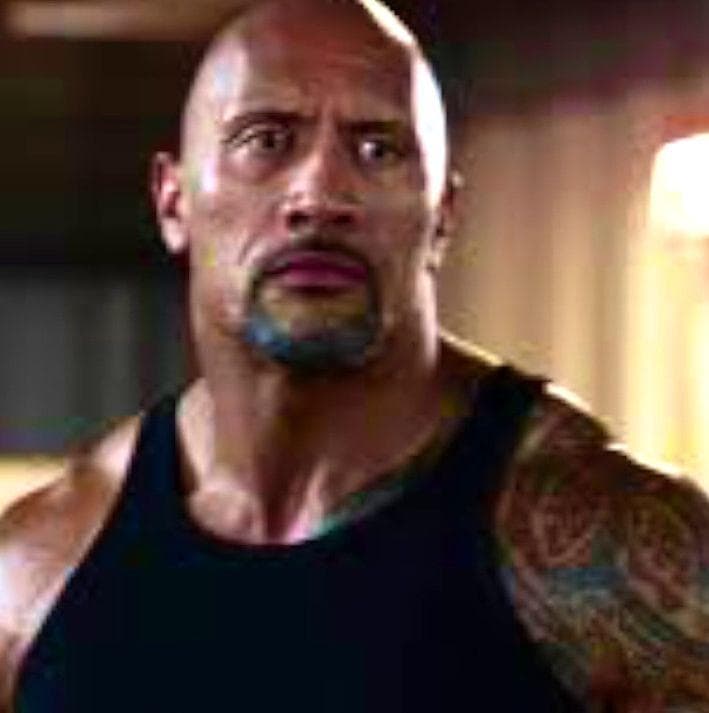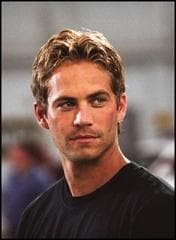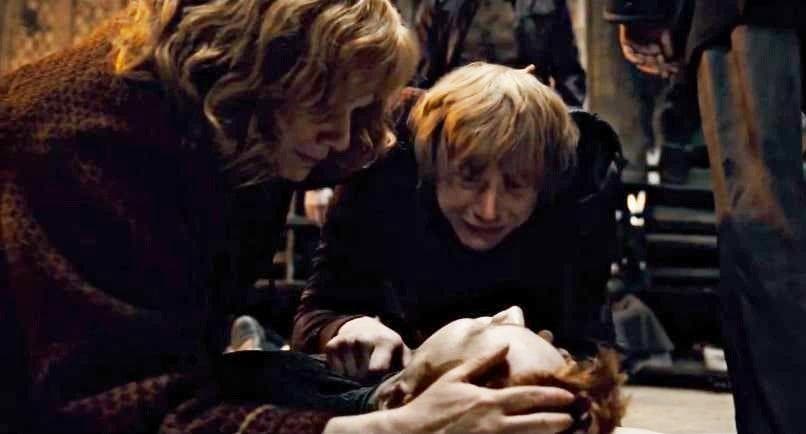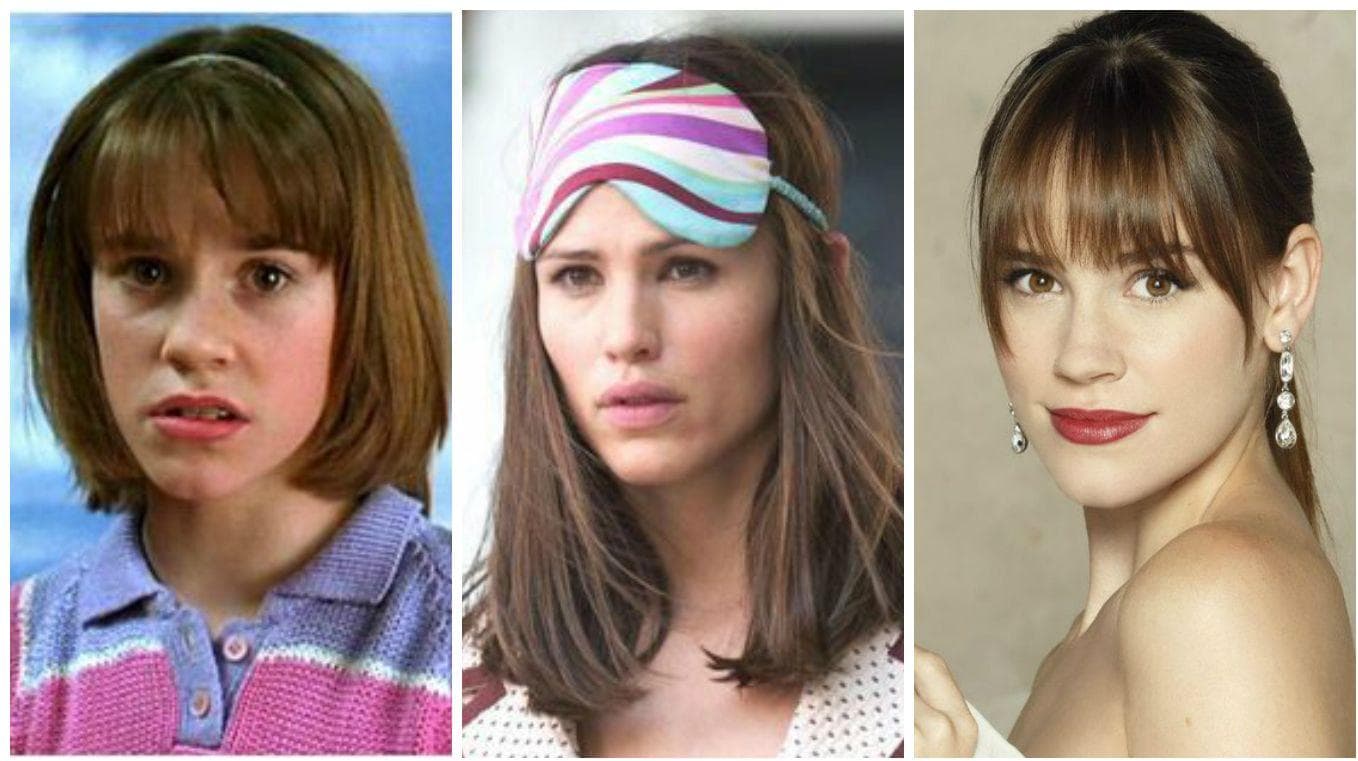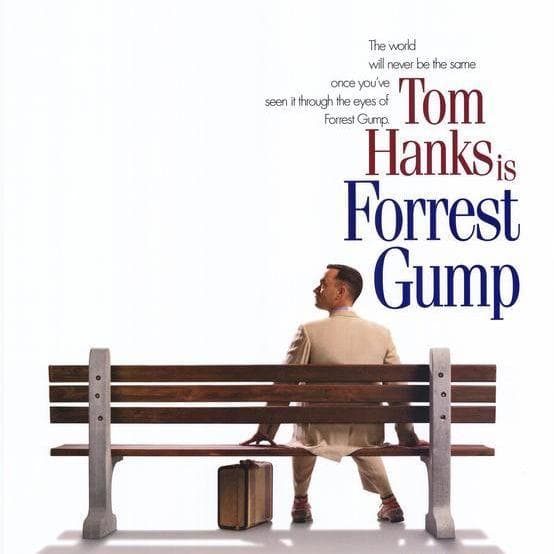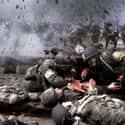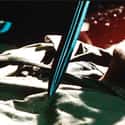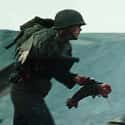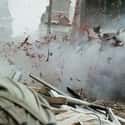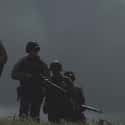-
(#1) Spielberg Shot The Film In Chronological Order Because He Wanted It To Be A Demoralizing Experience
By the end of Saving Private Ryan, the cast looks completely physically and mentally drained, and it's not just because they're really good actors. Before Ryan, Spielberg hadn't shot a film in order since E.T. (1982). He explained that he filmed in that unconventional style for E.T. because he wanted the child actors, many of whom had never appeared in a movie before, to understand exactly where they were going in the story.
For Saving Private Ryan, he decided to once again film the movie in order. Unfortunately, he had no idea just how traumatic it would be for the cast. "I didn't realize how devastating that was going to be for the whole cast to actually start off with Omaha Beach and survive that as a film team, and then move into the hedgerows, move into the next town, as we all began to get whittled down by the storytelling."
-
(#9) Garth Brooks Turned Down The Role Of Private Jackson
Country music superstar Garth Brooks was looking to break into the movies in the 1990s. He met with Frank Darabont, a screenwriter, who was working on a rewrite of Saving Private Ryan. Darabont wrote a part specifically for Brooks into the script, a sniper named Private Jackson (the role that eventually went to Barry Pepper.) Brooks turned down the opportunity because he didn't think that anyone would want to see a war movie starring Tom Hanks.
Spielberg must have really wanted the singer in the movie because he asked Brooks if there was another role in the film that he wanted to play. Brooks told the director that he wanted to play a "bad guy." The only thing is, there are not really any villains per se in Saving Private Ryan, unless you count the abstract concept of conflict. Brooks ultimately walked away from the movie.
-
(#13) Mellish's Demise Was Initially Even More Disturbing
Beyond the fire and fury of the introductory Omaha Beach sequence, one of the most upsetting scenes is Private Mellish's brutal, increasingly desperate fight with a German SS officer. The third-act brawl ends horrifically, with an up-close intimacy as Mellish is slowly killed as he frantically begs for his life. As impactful as the moment is, it was initially even worse.
“Steven and I started talking about it, about wanting it to be as realistic as possible. There was a lot more of what you saw in the rough cut," according to Adam Goldberg, who played "Fish" Mellish. "It was so graphic that Steven’s projectionist - who projected the dailies in Los Angeles - told him he can’t leave the scene in the movie. It’s too painful to watch. Remembering back, I think there was a lot more of me screaming how much it hurts.”
-
(#7) Amputees Were Used As Extras During The Opening Scene
Actual amputees were used as extras during the opening scene to make all the war injuries as gruesomely realistic as possible.
"We had somewhere between 20 and 30 amputees and paraplegics who worked with us, creating very realistic scenes where we could use effects to make it look like soldiers were losing limbs. Some might say it was an insensitive approach, but they all did it with great enthusiasm," said associate producer Mark Huffam.
-
(#10) The Film Was Banned In Malaysia For Its Uncompromising Violence
Spielberg's commitment to verisimilitude cost Saving Private Ryan an international market, as Malaysia's Film Censorship Board refused to allow the film's exhibition without significant cuts to its graphic violence. The director, however, made no such cuts, and the film was never released theatrically in Malaysia.
Spielberg was adamant that combat scenes remain intense and unrelenting, not simply as part of an aesthetic, but as a fundamental element of the movie's philosophy. "If you cheapen it, if you make it more palatable, if you somehow diminish what went on there, I think you end up doing a great disservice to what the movie as a whole is trying to communicate," he explained.
He was infelxible even in face of a possible NC-17 rating in the US, saying, "I wasn't going to add my film to a long list of pictures that make World War II 'the glamorous war,' 'the romantic war.'"
-
(#15) It Was Very Nearly Shot In Black And White
Saving Private Ryan was not Spielberg's first jaunt into WWII, having previously directed the post-Pearl Harbor comedy 1941, two Indiana Jones adventures prominently featuring the Third Reich, along with the fact-based Empire of the Sun and, most notably, Schindler's List. Unusually, the director's acclaimed examination of the Holocaust, which won seven Academy Awards in 1994, was released in black-and-white, with color limited to a few striking, character-specific bits of flair.
Spielberg and cinematographer Janusz Kamiński considered returning to a monochromatic presentation for Saving Private Ryan, but decided early on that it wasn't the right approach.
“Black-and-white was the right choice for that film because of the subject matter and because most of the real footage of Nazi atrocities was photographed in black-and-white,” the director of photography explained. “However, there is a tremendous amount of documentary footage from World War II that was photographed in color."
“We also wanted to shoot this picture in color because there is some blood in the film and we wanted to play with the reds, even though we did desaturate the colors," he said.
New Random Displays Display All By Ranking
About This Tool
Our data comes from Ranker, If you want to participate in the ranking of items displayed on this page, please click here.

